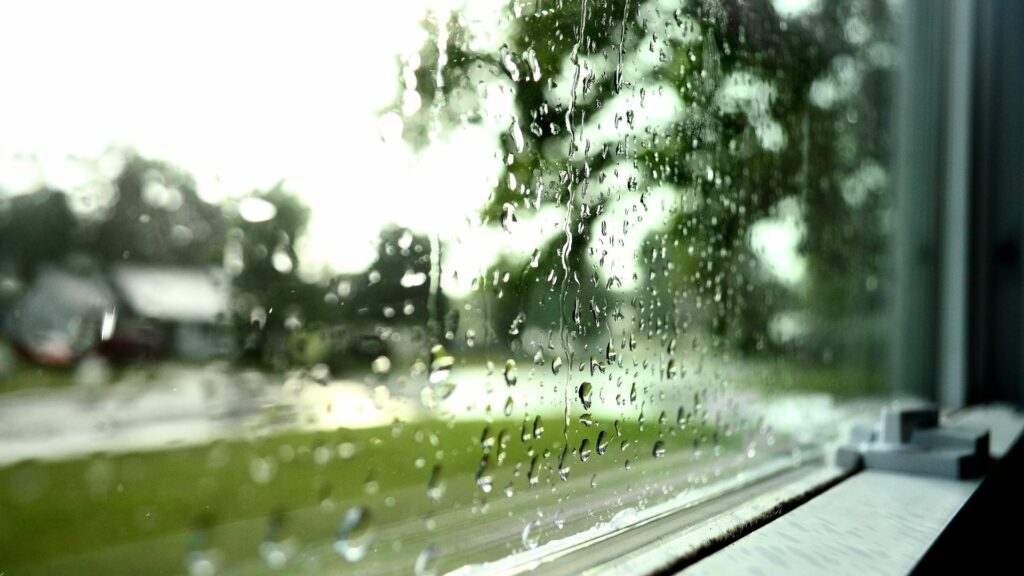Want to save energy quickly and cheaply? By simply applying foil to your windows, you can reduce the amount of cold air entering your house by up to 35%. It is a small, easy procedure which reduces the need for increased heating inside the home. But it is important to do it correctly…
Internet forums, filled with lifestyle and money-saving tips, swear that putting foil on your windows really helps to insulate your home. As a result, some people rush to stick bubble wrap, plastic sheets, or even cling film on their windows. But experts advise that you don’t just stick any foil on your window.
Residents and tenants of single-glazed houses and apartments are particularly interested to hear from people who have already glued some sort of foil onto their windows. Single-glazed windows allow a lot of indoor heat to escape to the outside, sometimes up to 80%. As a result, residents have to use their heating a lot more in the winter.
DIY second window
Many tenants look into insulation options and decide on window film as a cheap alternative, according to the Netherlands Organisation for Applied Scientific Research (TNO).
But TNO researchers say that there are even bigger savings to be had. They say that building a second front window with materials from the DIY store, and putting film on it before placing it in front of the existing window, is a good option to save on energy bills. This design allows up to 35% less heat to pass through single-glazed windows.
"There is an immediate effect," Erik Carton, researcher at TNO, told De Morgen. "If you use the secondary windows, you immediately notice that it feels more pleasant inside. The cold draft that you have with single glazing becomes a lot less. Above all, heating costs are significantly reduced."
By how much? The Dutch organisation Milieucentraal made a calculation and estimates the savings at about €13 per year per square metre. This saves households around €500 to 800 on their energy bills on an annual basis. That's pretty impressive when you compare it to other pieces of advice.
Cheap, easy and efficient
If you don't want to build a secondary window frame, you can use only foil. Remember: this works especially well with single glazing. Frame foil works the same as secondary windows. It is foil that you stretch in front of the window and stick to edges on the frame. This creates an insulating layer of air between the window and the foil. According to Milieucentraal, it is a 'cheap solution for a few winters': the foil costs €2.5 per square metre including double-sided adhesive tape.
A standard set of shrink wrap from the DIY store costs about €15. Applying the foil is not too difficult. You stick the adhesive edge over the frame and blow away the imperfections with a hair dryer very easily, because the foil tightens due to the heat. As a result, windows can become 15 to 20% more 'heat resistant', and therefore the heating costs are significantly reduced.
This savings are even higher if the space between the window and the foil is minimal. The optimal so-called cavity should be between 3 and 4 centimetres, TNO discovered in their lab. The cavity space, which contains stagnant air, provides an extra layer of insulation.
Related News
This gap can get pretty hot. So hot, in fact, that the windows at TNO’s lab broke down. A layer of window film on double glazing is therefore strongly discouraged, but it is clear how well the insulating effect works if correctly applied to single glazing.
Window film is also a good alternative. The installation costs almost as much as replacing a window: about €150 per square metre. This film has a layer that prevents infrared heat radiation from going from the inside to the outside. It is less obvious than frame foil and it lasts much longer. The product carries a ten-year warranty, which is the same as on insulating glass. The film has to be applied to the inside of the window by professionals as it not for sale in DIY stores.

